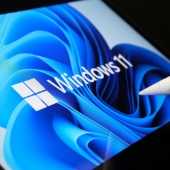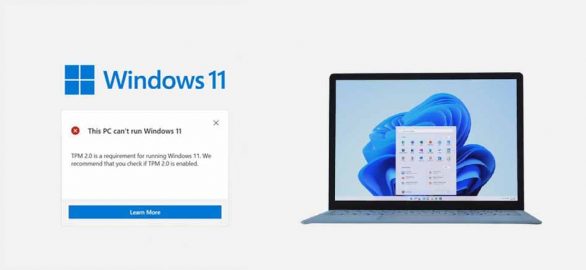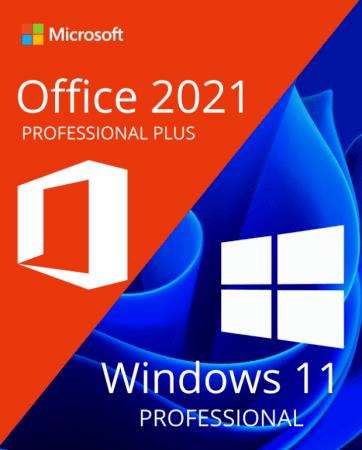

When the PC starts, the firmware checks the signature of each piece of boot software, including UEFI firmware drivers (also known as Option ROMs), EFI applications, and the operating system. The last feature is one of the reasons why TPM will be mandatory, to be able to use Secure Boot in Windows 11 which is enabled by default. TPM today is required for a lot of other services in Windows like If your system only supports a firmware-based TPM, it might be referred to as iPPT (Intel Platform Protection Technology) if your computer has an Intel processor, or fTPM (Firmware Trusted Platform Module) for AMD processors.When Windows 11 was announced, Microsoft made a huge change to its hardware requirements which was they will now require TPM 2.0 compatible chips on your machine to be able to run Windows 11. Once here, you can also enable Secure Boot from the UEFI menus. The specific spot to enable TPM in these settings will vary wildly by manufacturer, so you should check the manual that came with your computer or motherboard (you can probably find it online on the manufacturer's website). It's usually accessible by pressing Delete or F12 when prompted during boot up. This is the low-level software you can briefly enter when your computer is first starting up.

If it is compatible, you can enable it in your system’s UEFI (sometimes still referred to as a BIOS, even though this term is largely deprecated). It should be next to System Model.) If it's not compatible, there are ways to bypass the requirements, but it requires a bit of technical know-how and we don't recommend it.

(You can find your model by tapping the Windows key and typing System Information. First, look online to see if your motherboard model is TPM compatible.


 0 kommentar(er)
0 kommentar(er)
